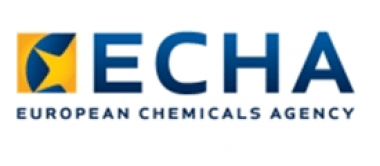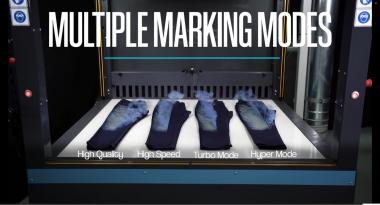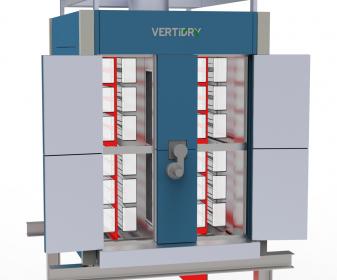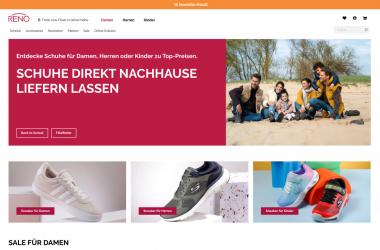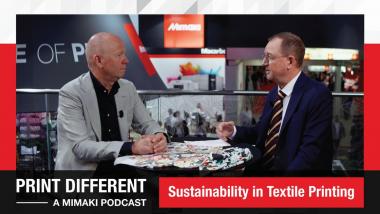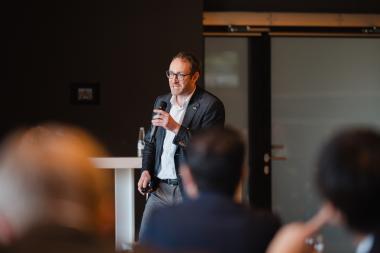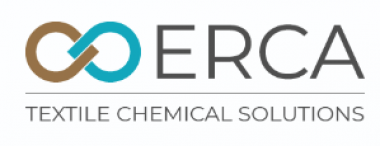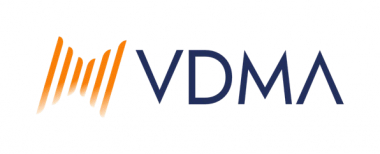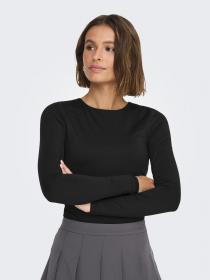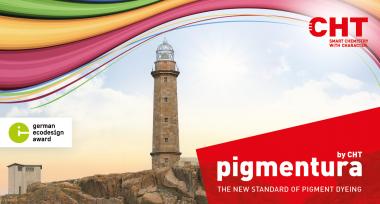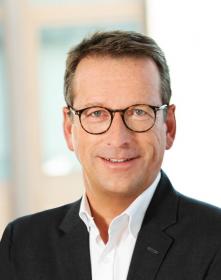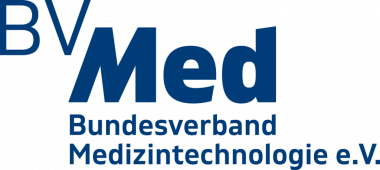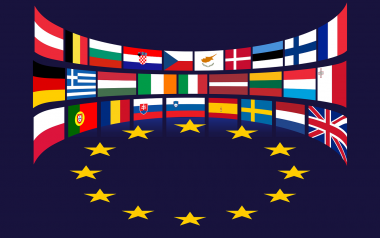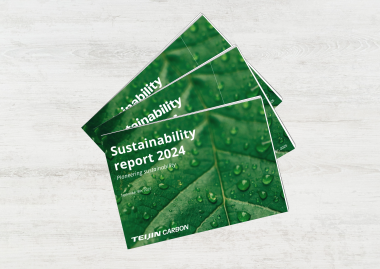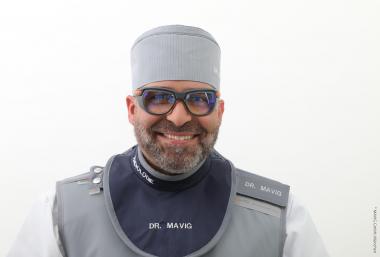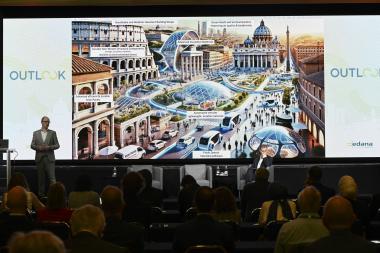ECHA to consult on PFAS draft opinion in spring 2026
The European Chemicals Agency plans to launch a consultation on the draft opinion of its Committee for Socio-Economic Analysis (SEAC) on the proposed EU-wide restriction of per- and polyfluoroalkyl substances (PFAS) following the Committee’s meeting in March 2026.
The SEAC draft opinion on the PFAS restriction proposal will cover the evaluation of the socio-economic aspects, including the availability of alternative substances and technologies. SEAC intends to agree its draft opinion at its meeting, which is provisionally scheduled for the first half of March 2026. The consultation will begin shortly after this meeting and remain open for 60 days, during which stakeholders can provide feedback.
Survey structure
The consultation will use a structured survey format, inviting participants to respond to questions on the potential impacts of restricting the use of PFAS across various sectors. Participants will also be asked to provide specific information about the availability and feasibility of alternatives to these widely used chemicals. Any information marked as confidential will be treated appropriately. Information on the risks associated with PFAS will not be considered, as these are evaluated in a separate opinion by the Committee for Risk Assessment (RAC).
All feedback will be entered directly into the question fields for each survey topic to streamline the processing of information. Attachments cannot be submitted as part of the consultation.
The consultation is open to all interested parties, including industry representatives, non-governmental organisations, researchers and members of the public. Stakeholders are encouraged to prepare in advance and to participate in this consultation to ensure that SEAC’s final opinion on the restriction proposal is scientifically robust and fit for purpose.
To support interested parties in preparing for the consultation, ECHA will hold an online information session on 30 October 2025. More details about this event will be provided on ECHA’s website. Consultation guidelines will also be published to help stakeholders submit relevant information that can be considered by the Committee when finalising its opinion.
ECHA will confirm the exact starting date of the consultation in March 2026.
Next steps
After reviewing the consultation feedback, SEAC is expected to adopt its final opinion by the end of 2026. This adoption will conclude ECHA’s committees’ scientific evaluation of the proposed restriction as announced on 27 August 2025.
Background
The proposal to restrict PFAS in the EU/EEA was prepared by authorities in Denmark, Germany, the Netherlands, Norway and Sweden. It was submitted to ECHA on 13 January 2023. It aims to reduce PFAS emissions into the environment and make products and processes safer for people. The six-month consultation ran from 22 March to 25 September 2023.
Currently, ECHA’s scientific committees, comprised of independent experts from EU Member States, are evaluating the proposal.
The European Commission will decide on the restriction in consultation with the EU Member States.
European Chemicals Agency


